Hollywood Finches
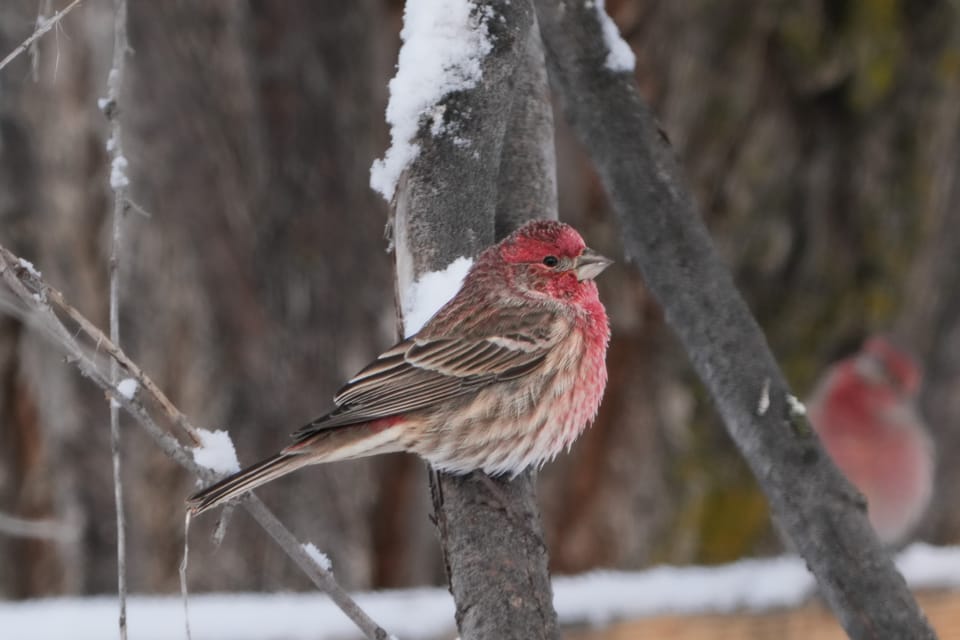
In the winter, the first thing I do every morning is peek outside and check the level of seeds in our bird feeder. With temperatures hovering in the teens or low twenties, and several feet of snow on the ground, I want to make sure there's enough food for the dozens of birds swirling around the feeder.
And so, while my coffee is brewing, I put on boots, stamp outside in the crunchy snow and ice, and top off the feeder as chickadees, nuthatches, goldfinches, and woodpeckers chatter and wait in a nearby tree.

But I'd be remiss if I didn't mention the house finches, our most common visitors. You're certainly familiar with these birds too, in fact they are one of the most widespread birds in North America, and they are so common that they are easy to take for granted.
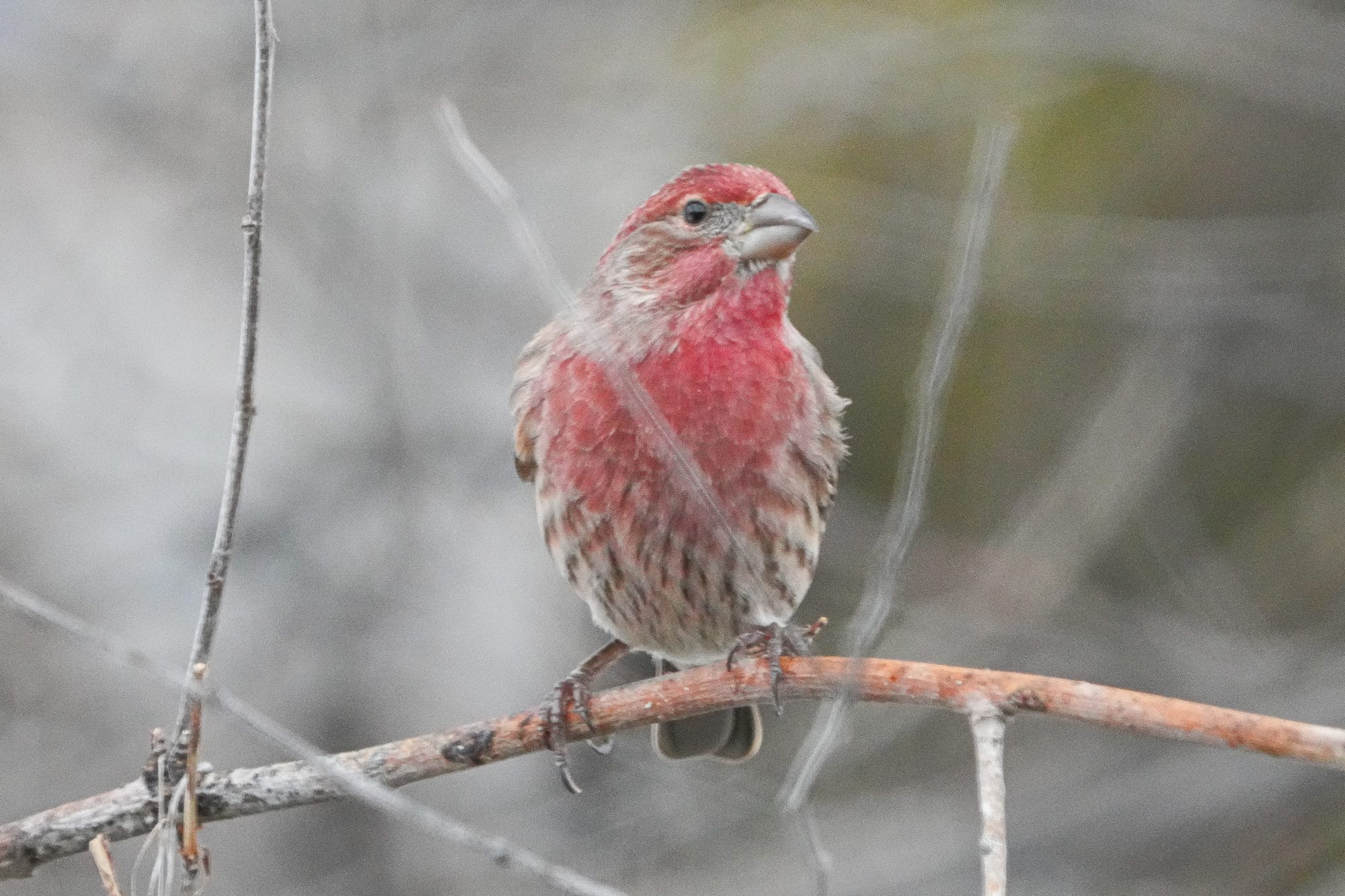
There are an estimated 260 million to 1.5 billion house finches in the United States, and they are found in virtually every part of the country—but their story is remarkable because they went from being an obscure local bird to one of the nation's defining birds in a matter of decades.
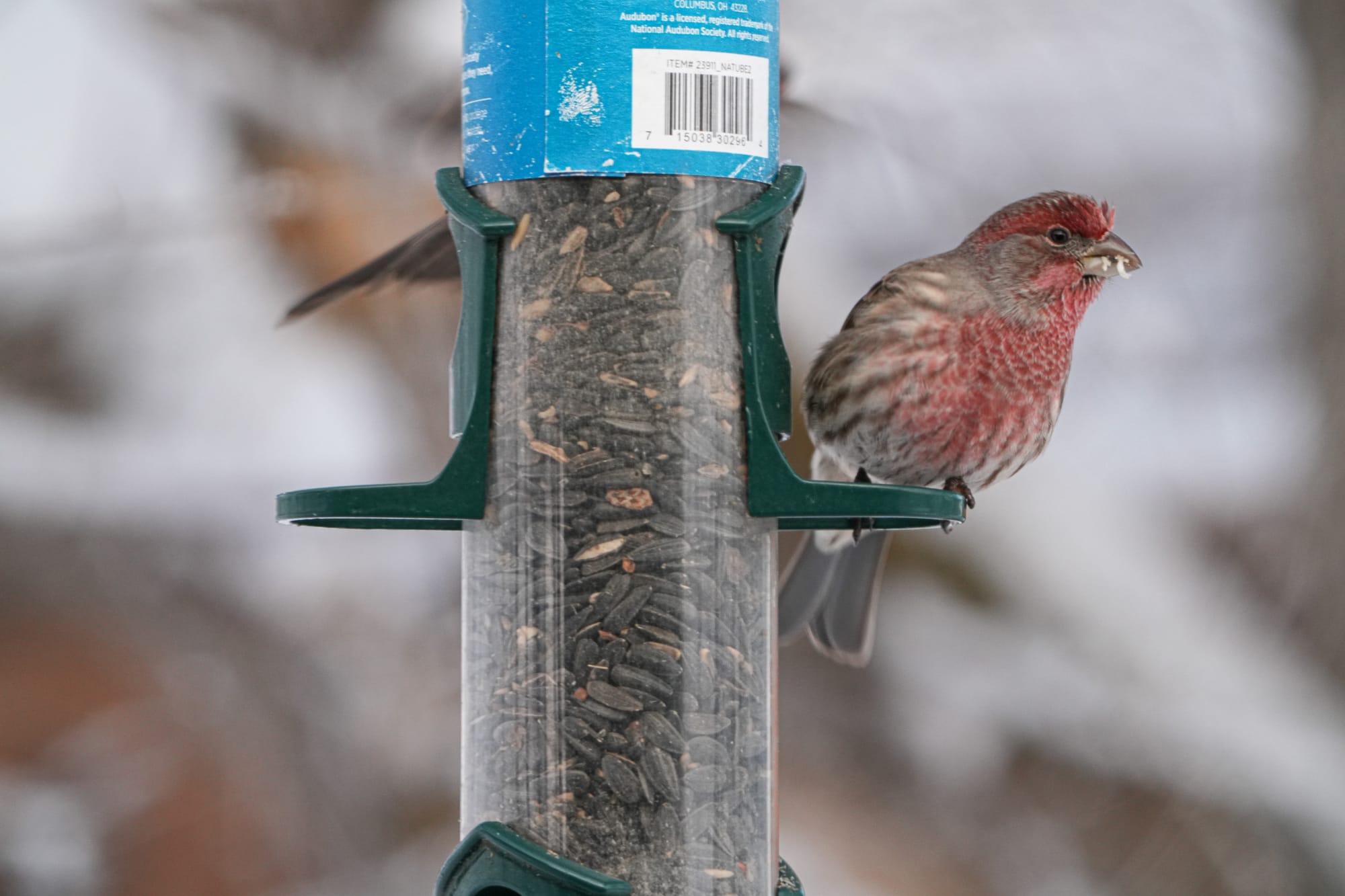
It all started in the 1940s, when house finches were limited to scattered areas in the Southwestern United States and northern Mexico where they could find enough water and trees for nesting.
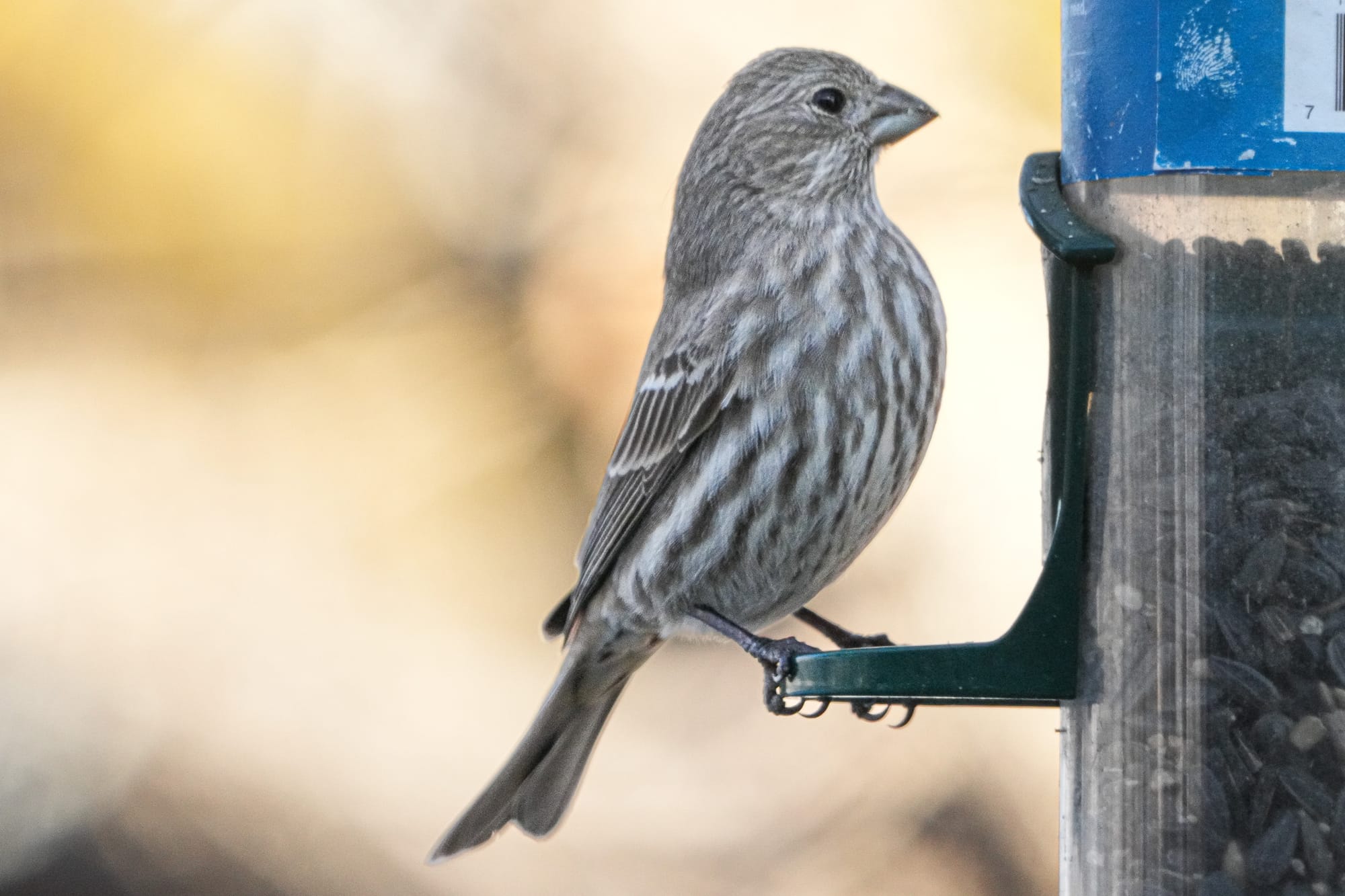
Then in 1940 someone came up with the brilliant idea to capture house finches in southern California then sell these delightful, red-jeweled songbirds as caged birds in New York City pet stores. However, selling them as "house finches" wasn't a strong marketing hook, so instead they called them "Hollywood finches" to make them sound more exotic.
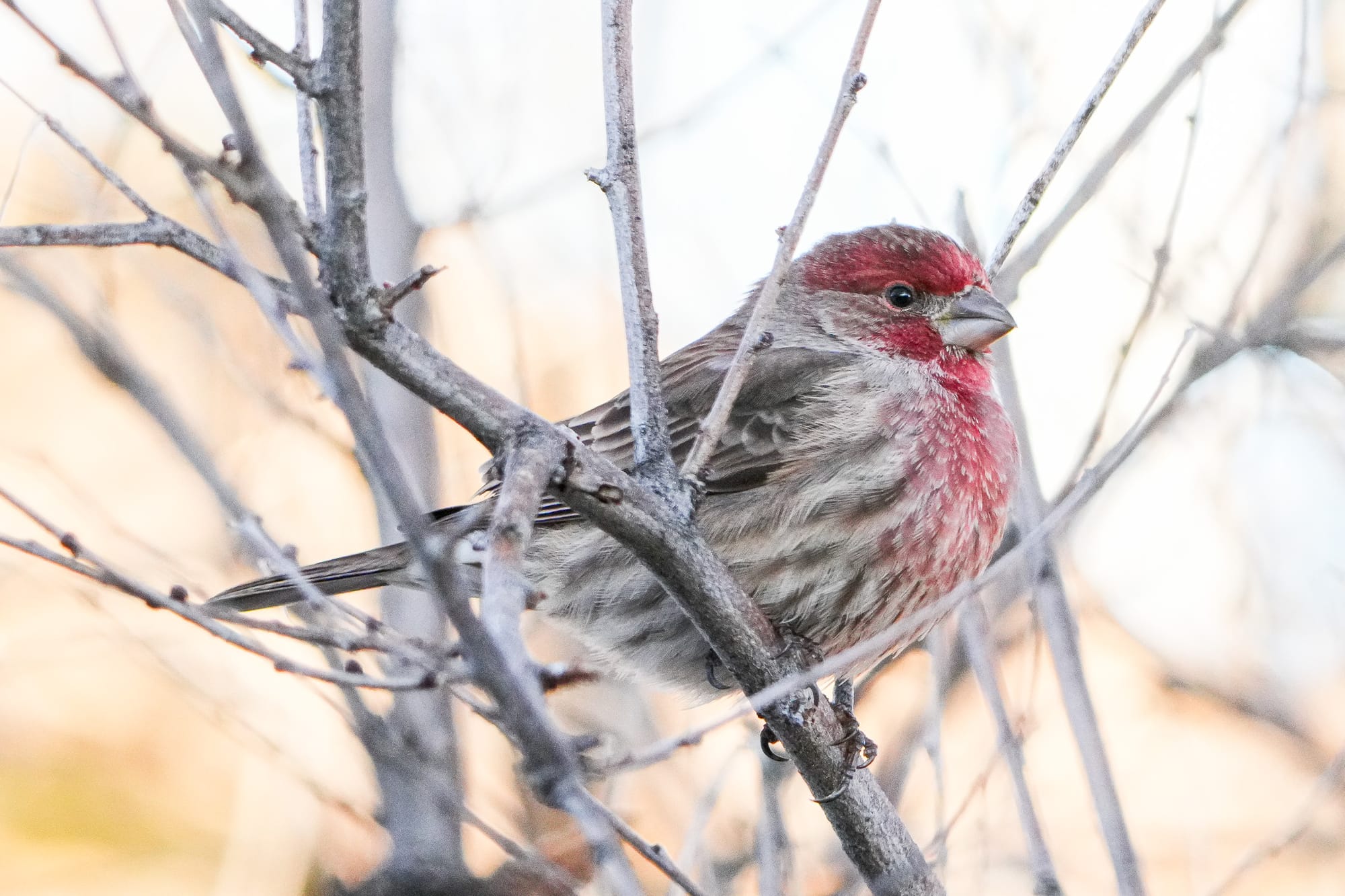
An alert citizen suspected these birds were protected under the Migratory Bird Treaty Act and brought this to the attention of the National Audubon Society, who quickly set up a sting operation, complete with fake buyers, and reported this issue to the authorities.
As soon as pet store owners got word that the Feds were going to crack down, they did what any responsible business owner would do—they let the birds go.
And so, in the early 1940s, birdwatchers on New York's Long Island started spotting house finches in the wild, at a time when these birds had never been reported east of the Mississippi River.
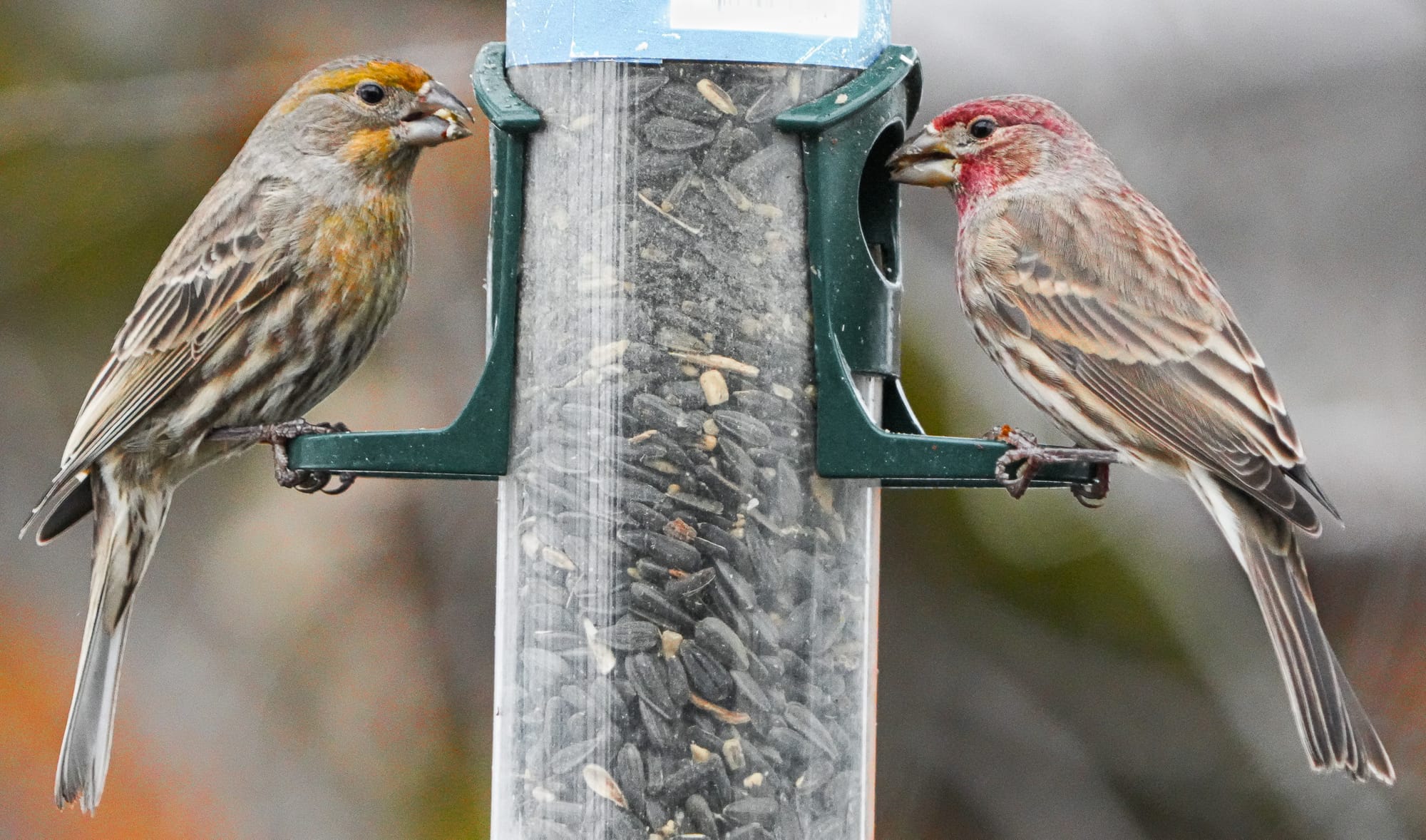
By 1951, ten years after their initial release, it was estimated that there were 280 house finches on the east coast, creating a situation where there was a native population in the Southwest, and a small cluster of introduced birds around New York City.
What makes this story so incredible is that by the 1980s (a span of some thirty years!), house finches had spread from these two populations to every corner of the continental United States and become one of our most abundant birds.
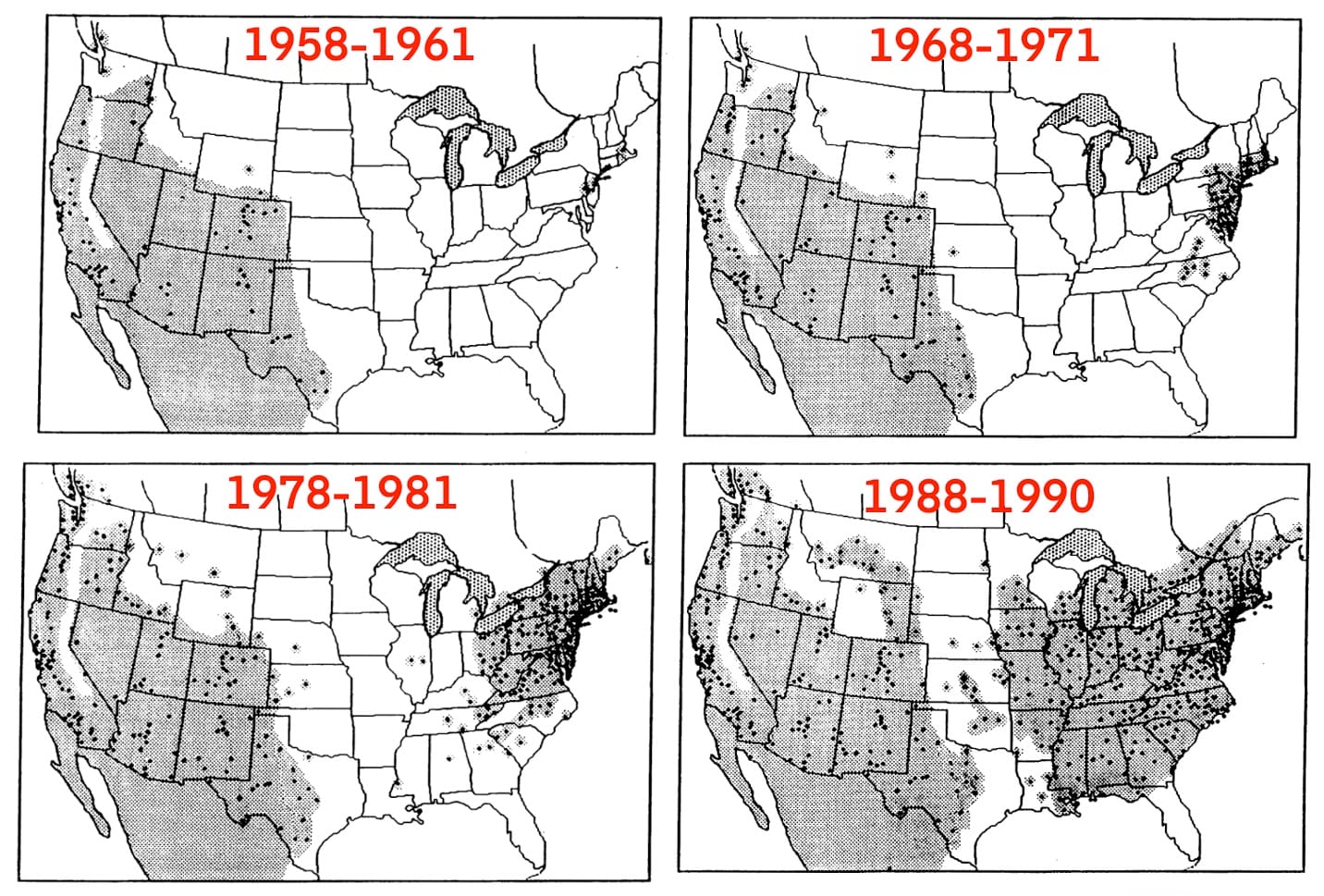
While house finches are incredibly productive (each female can lay 3-6 sets of eggs per year), this is ultimately a human story. What was once a continent unsuited for these birds was transformed into house finch utopia as forests were cut, well-watered lawns installed, and ornamental trees planted across the entire landscape.
So, unless you live in a state like California or Arizona, having house finches in your yard could be seen as an indication of how much humans have altered and impacted the area where you live. Fortunately, we still welcome these birds because they are a lively, cheerful, and musical presence!
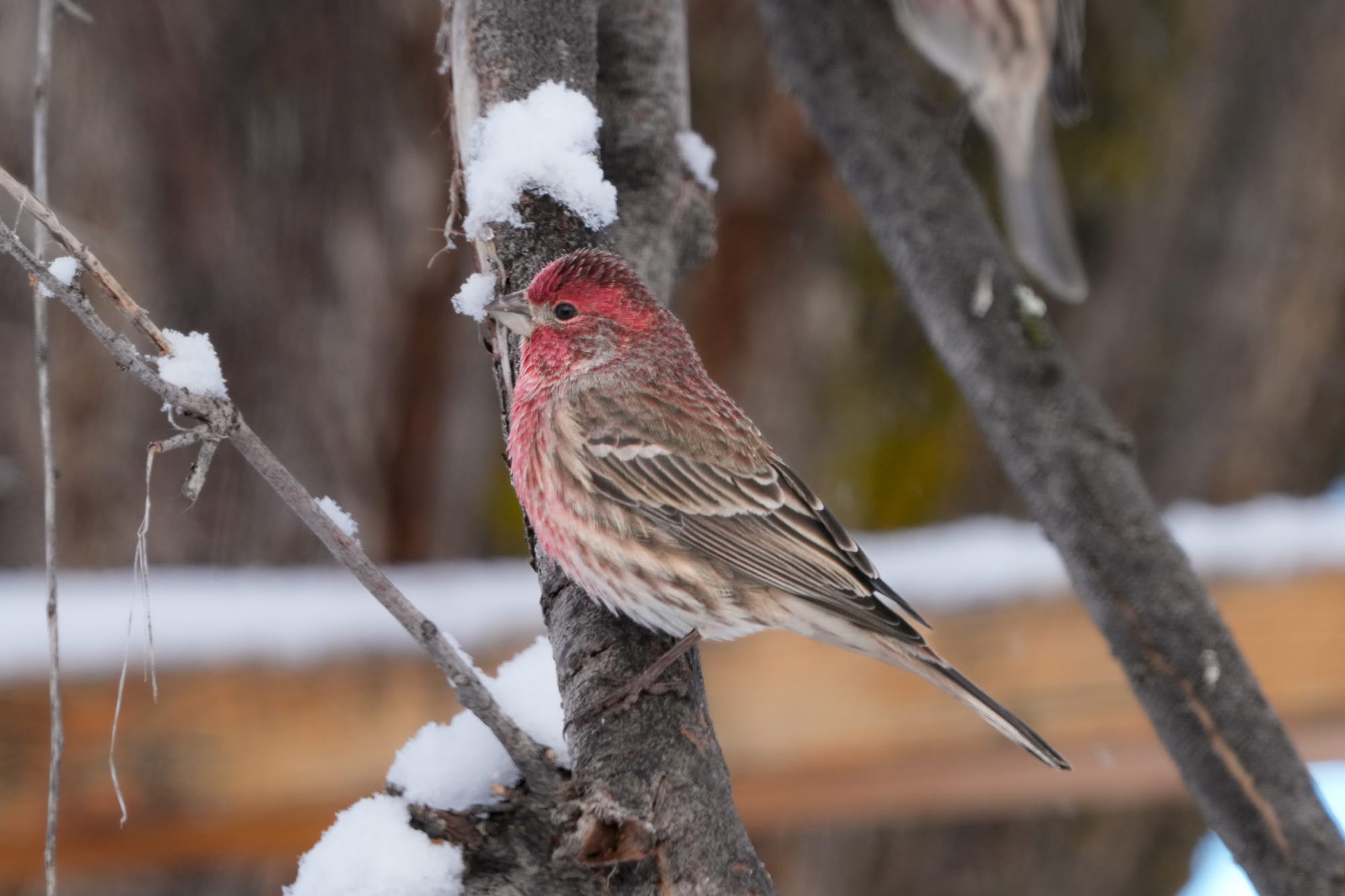
Member discussion